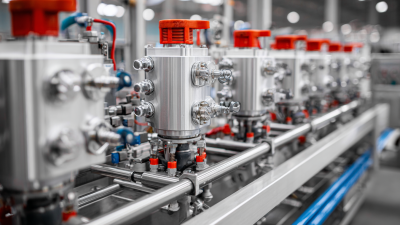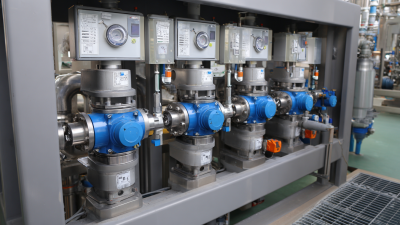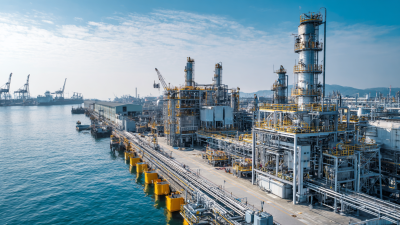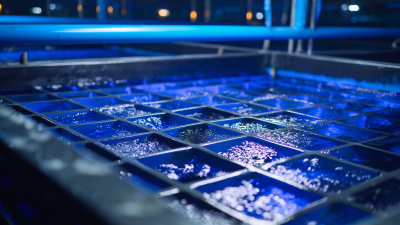In the realm of wastewater treatment and various industrial processes, Polymer Dosing plays a pivotal role in enhancing efficiency and achieving significant cost savings. As organizations strive for optimal performance while managing operational expenses, mastering the art of polymer dosing has become increasingly important. This blog aims to provide valuable insights and practical tips for optimizing polymer dosing systems. By understanding the intricacies of polymer selection, dosage calculations, and application techniques, facilities can streamline their processes, reduce chemical usage, and minimize waste. Additionally, we will explore the latest innovations in dosing technologies that can further enhance productivity and sustainability. Join us as we delve into the best practices and strategies that can transform your polymer dosing protocols into a more efficient and cost-effective operation.
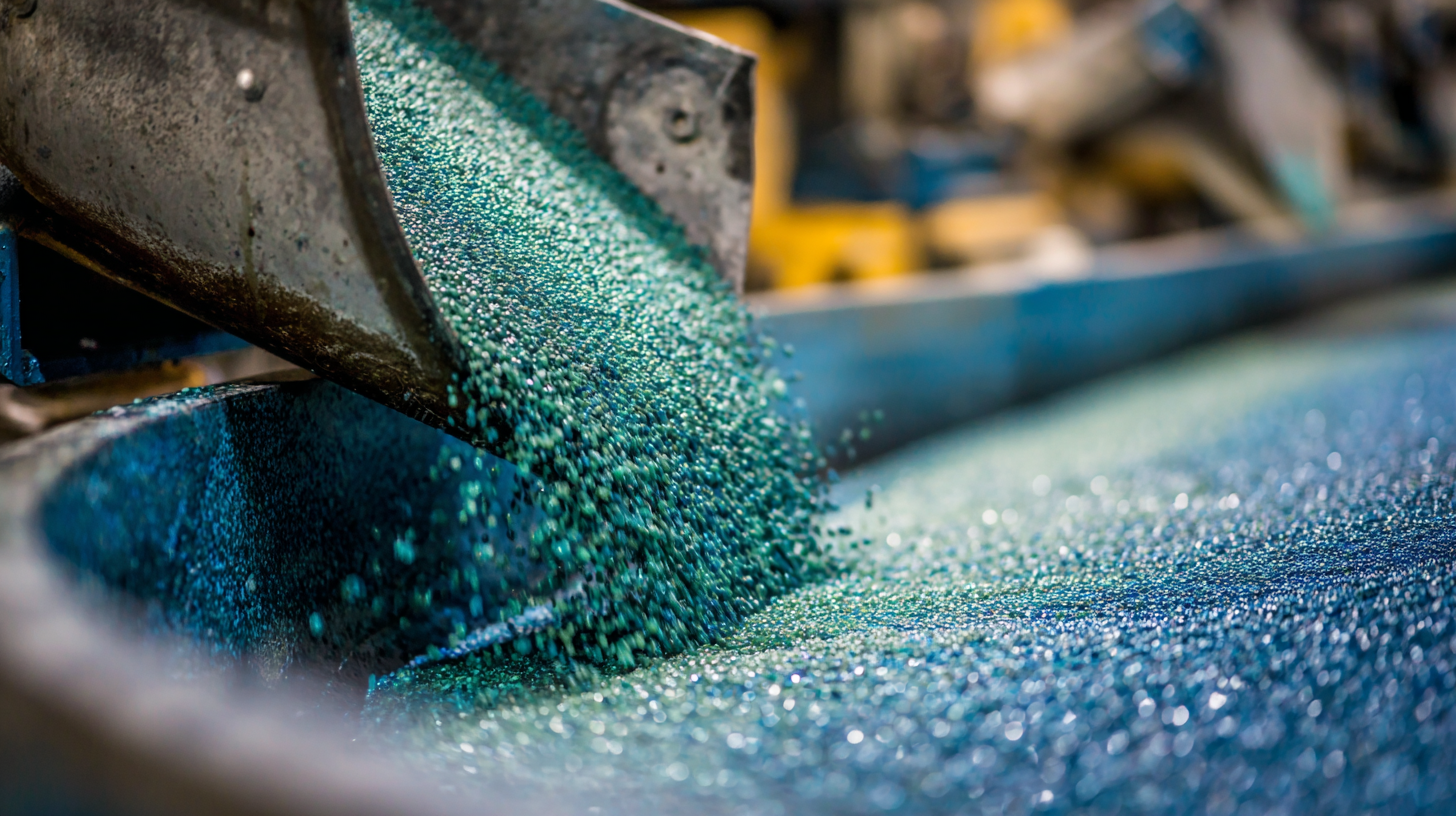
Polymers play a crucial role in various industrial applications, from water treatment to mining and construction. Understanding the different types of polymers available is essential for optimizing dosing strategies. Anionic, cationic, and nonionic polymers each serve unique functions depending on the application. For instance, anionic polymers are often used in sedimentation processes, while cationic polymers excel in flocculation due to their positive charge attracting negatively charged particles. By identifying the appropriate polymer type for specific tasks, industries can achieve better performance and efficiency.
Effective dosing is not solely about the quantity; it also involves the timing and method of application. Properly analyzing the characteristics of the material being treated, such as particle size and charge, allows for tailored dosing that maximizes polymer effectiveness. For example, adjusting the dosing rate based on real-time monitoring can enhance the flocculation process, reducing chemical waste and operational costs. By employing sophisticated controls and understanding the dynamics of polymer interactions, companies can ensure they are utilizing their materials in the most efficient manner possible, leading to significant cost savings and improved overall performance.
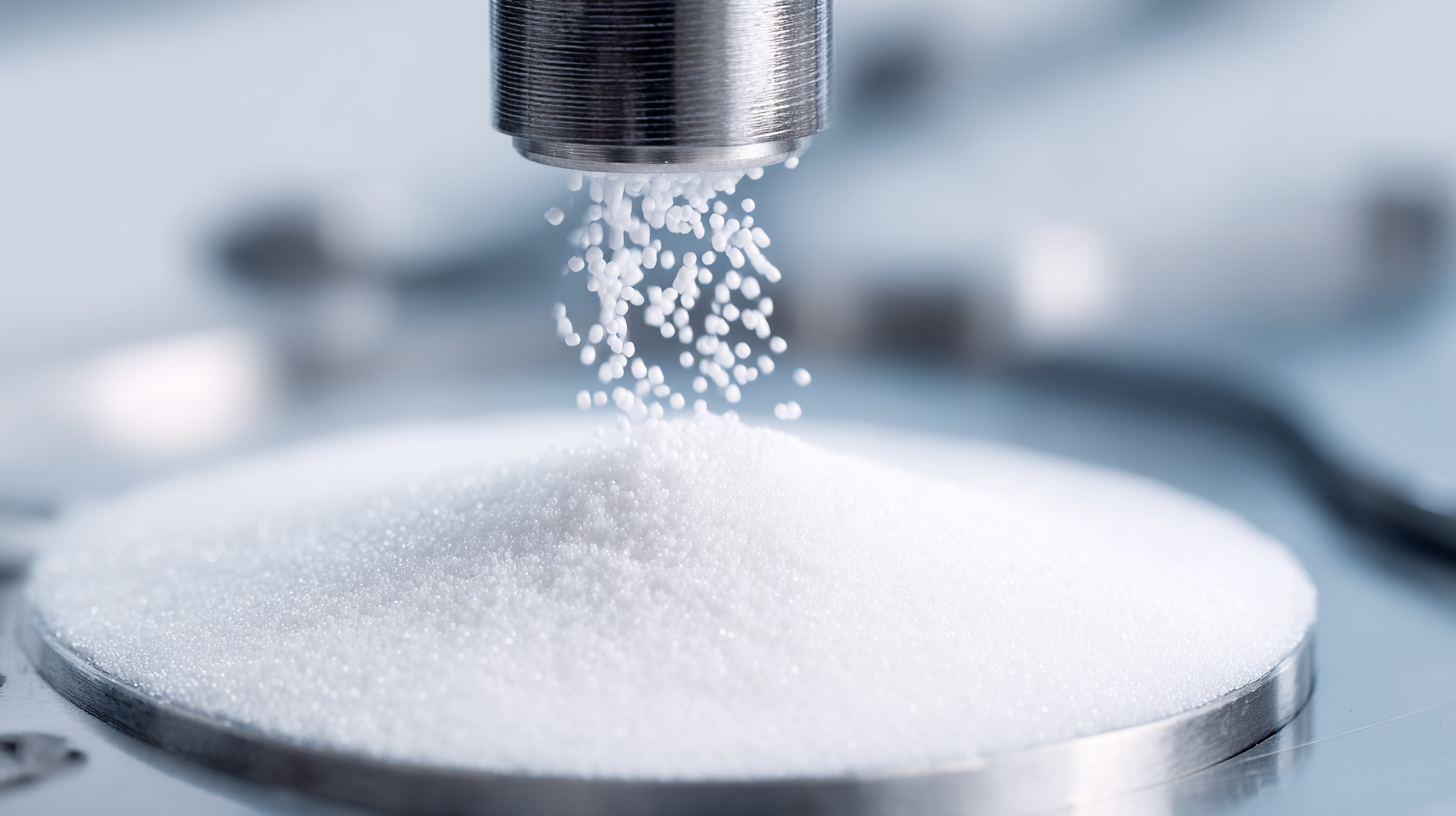
Optimizing polymer dosing is crucial for achieving both efficiency and cost savings in various industrial applications. Evaluating optimal concentration levels can significantly impact operational performance and bottom-line results. According to a report by the American Chemical Society, using an optimal polymer concentration can reduce sludge volume by 20-30%, which is essential for wastewater treatment facilities aiming to enhance dewatering processes while minimizing disposal costs.
In addition, a study published in the Journal of Environmental Engineering found that adjusting polymer concentrations to the optimal range not only improves the speed of sedimentation but also reduces chemical costs. By employing advanced monitoring techniques, operators can precisely identify the ideal concentration for their specific application, ultimately leading to a reduction in polymer use by up to 15%. This advancement not only translates to cost-effectiveness but also lowers the environmental impact associated with polymer production and usage. Thus, by prioritizing the evaluation of concentration levels, industries can harness the full potential of polymer applications, achieving a balance between operational efficiency and sustainability.
| Polymer Type | Optimal Concentration (% w/w) | Cost per Kilogram ($) | Efficiency (% Removal) | Total Cost ($/1,000 m³ of Water Treated) |
|---|---|---|---|---|
| Polyacrylamide | 0.2% | 1.50 | 85% | 300 |
| Polydiallyldimethylammonium Chloride | 0.1% | 2.00 | 90% | 200 |
| Sodium Polyacrylate | 0.15% | 1.20 | 82% | 275 |
| Chitosan | 0.25% | 3.50 | 95% | 875 |
| Polyethyleneimine | 0.05% | 2.80 | 88% | 140 |
Implementing real-time monitoring systems in polymer dosing processes can significantly enhance efficiency and drive cost savings across various industries. According to a recent report by Frost & Sullivan, companies that adopt real-time data analytics in their chemical processes can reduce operational costs by up to 25% while improving product quality. This is crucial for industries such as wastewater treatment and oil recovery, where precise polymer dosing is essential for optimal performance.
Real-time monitoring allows for immediate adjustments based on current system conditions, ensuring that polymer use is maximized without wastage. For example, the American Chemical Society highlighted that online monitoring could increase polymer performance by 15-30%, translating to substantial savings and improved outcomes. By utilizing sensors and advanced data analytics, companies can monitor factors like viscosity and pressure in real time, making it easier to adjust dosing strategies dynamically. This proactive approach not only enhances polymer efficiency but also contributes to more sustainable practices by minimizing excess chemical use and reducing environmental impact.
In the quest for enhanced efficiency and cost savings, optimizing polymer dosing strategies has become paramount in many industries, especially in wastewater treatment. A recent case in Germany underscores the significance of reliable polymer dosing systems, which have led to exceptional sludge dewatering results. By upgrading their chemical dosing equipment, the facility has achieved remarkable performance, signifying that technology plays a crucial role in optimizing operations.
Industry reports indicate that precise polymer dosing can improve sludge dewatering efficiency by 30% or more, significantly reducing operational costs. Successful strategies include real-time monitoring of sludge characteristics and automatic adjustments of polymer dosage based on feed variability. These advances allow for better adaptation to fluctuating conditions, ensuring optimal performance at all times.
**Tips:**
1. Regularly calibrate dosing equipment to maintain accuracy and prevent issues related to under or overdosing.
2. Implement a data management system to track polymer performance and sludge properties, enabling continuous improvements in dosing strategies.
3. Explore different polymer types to find the best match for your specific application, as this can lead to better filtration rates and lower chemical consumption.
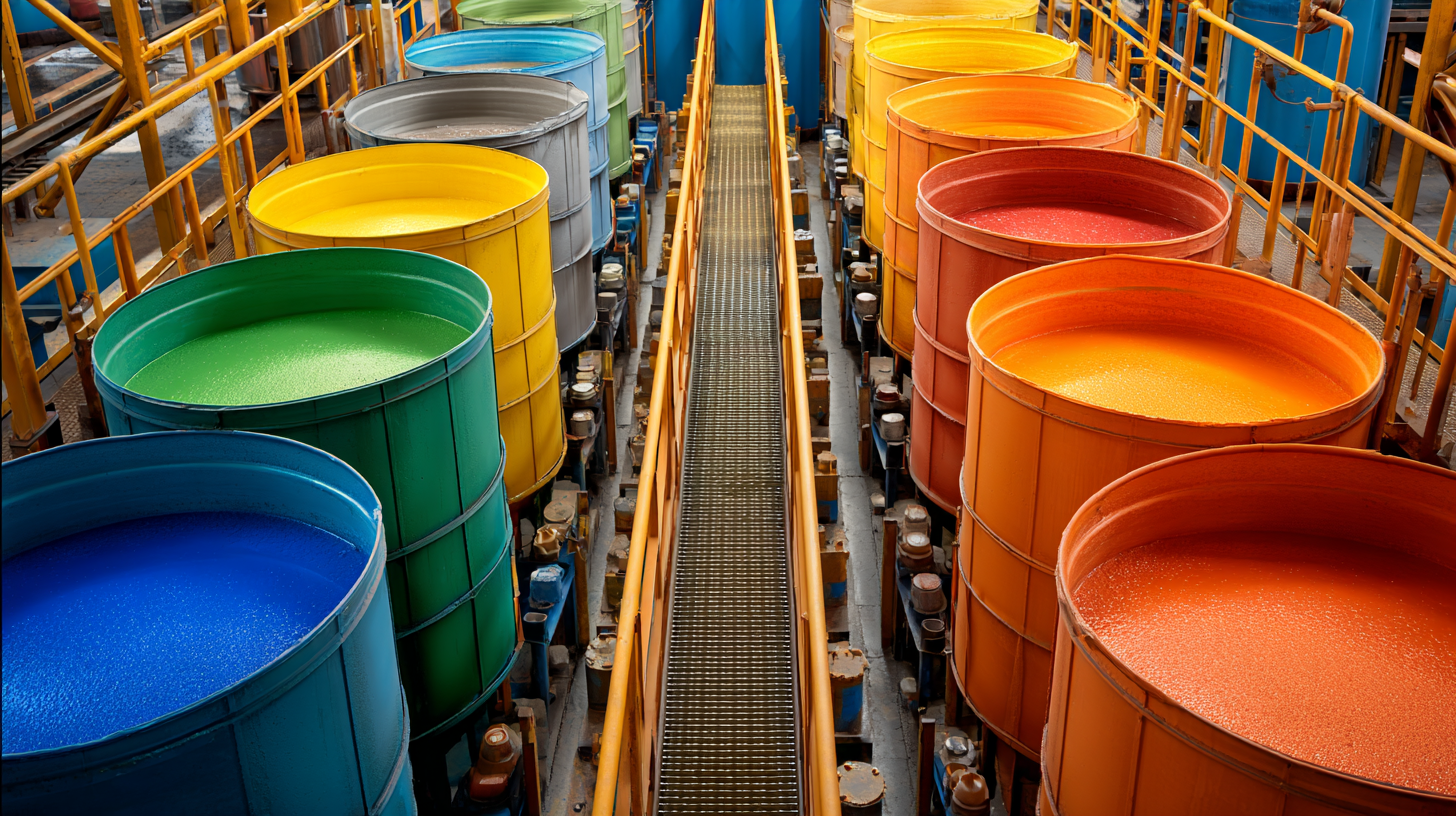
When it comes to wastewater treatment, striking a balance between polymer costs and treatment efficiency is crucial for operational sustainability. According to a report by the Water Environment Federation, the optimal polymer dosing can reduce operational costs by up to 30% while enhancing the efficiency of solid-liquid separation processes. By carefully assessing the type and quantity of polymer used, facilities can not only ensure compliance with regulatory standards but also achieve substantial long-term savings.
**Tip:** Regular monitoring of polymer performance through jar tests can help determine the most effective dosing rates. This approach ensures that polymer usage is aligned with specific treatment conditions and waste characteristics, ultimately minimizing excess costs.
Moreover, investing in polymer selection and optimization can yield impressive returns. A study from the Environmental Protection Agency revealed that facilities that regularly recalibrated their polymer applications improved their treatment efficiency by 25%. Such optimization not only drives down chemical costs but also enhances the overall effectiveness of the treatment process.
**Tip:** Collaborate with polymer suppliers to conduct trials with different formulations. This partnership can provide insights into achieving the best treatment results while keeping costs manageable.
